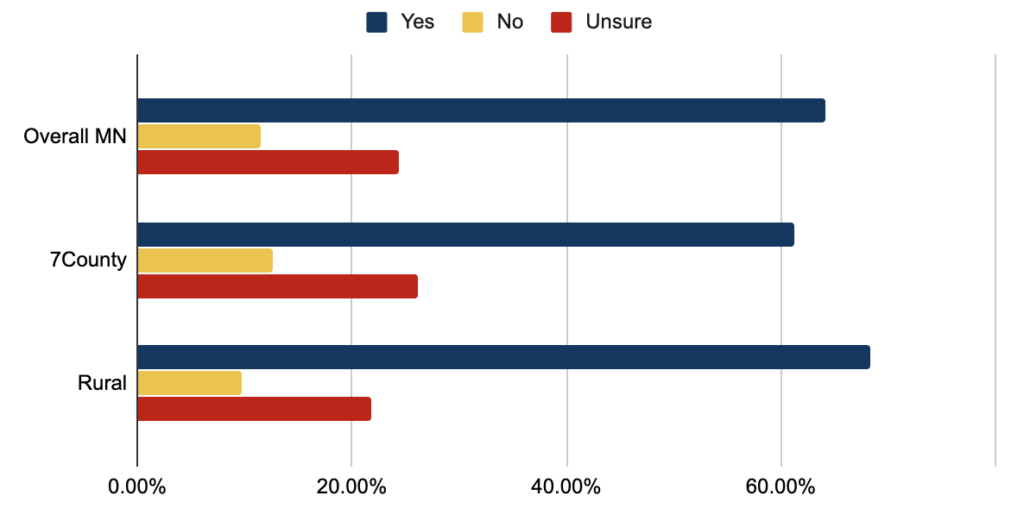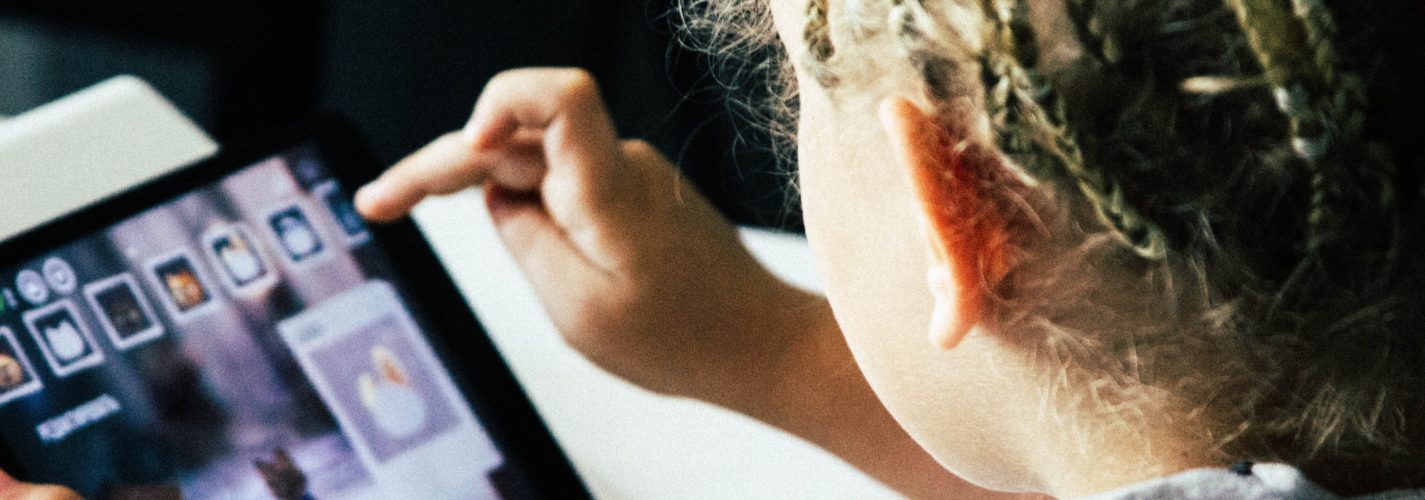MN Parents Tell MDE That Distance Learning Didn’t Go Well
By Krista Kaput
Last week, the Minnesota Department of Education (MDE) released results from their informal parent survey on distance learning. With over 134,000 families responding, there were several important findings that can help inform planning for the fall. The big takeaway: 54% of families don’t think that distance learning went well—signaling that districts and charter schools must make changes for the upcoming school year.
How schools plan for the fast-approaching school year is particularly important given the second major finding from the survey: One-third of families feel uncomfortable or unsure about going back to in-person schooling—and this jumps to more than half for Asian, Latino, and Black families.
Here, we provide an in-depth overview of the survey results as well as recommendations for state and school leaders, policymakers, and educators as they prepare for the fall.
Internet and Device Challenges
Access to internet and devices is essential for distance learning, but on both counts, and despite efforts within districts to get students connected, about 7% of respondents (notably, families already more likely to be connected to the internet) reported that it was a barrier, with disparities across lines of race and ethnicity. This is a major equity issue, and fully closing the digital divide should be a non-negotiable priority.
MDE should work to gather a more comprehensive picture of student internet and device needs to identify and close remaining gaps. Ensuring internet and device access should be a top priority before school resumes so that no student falls through the cracks or falls behind in learning due to preventable technical barriers.
Challenges and Bright Spots in Distance Learning
MDE asked families to share what went well and what didn’t, beyond the basic distance learning essentials of internet and device access. On average, families were most satisfied with communication from teachers and the school. That said, this didn’t translate into satisfaction with other parts of experience. Less than half of families said that the following went well:
- Students had adult support (47%);
- Easy to understand lessons (33%);
- Students feeling empowered to learn on their own (20%);
- Students received more one-on-one attention (12%);
- Students received more support (8%); and
- Student mental/physical health improved (9%/7%).
This is mirrored in the top challenges expressed: not feeling empowered to work on their own, mental health challenges related to COVID-19, hard to understand lessons, and more.
The underlying theme is that students and families were hearing from their school, but weren’t fully set-up to succeed in a distance learning model—whether due to a lack of effective adult support, lessons that weren’t intuitive, or other barriers.
Varying Distance Learning Experiences for Families of Color
The survey reveals different feelings and experiences across lines of race and ethnicity. Asian and Latino families rated their distance learning experiences most favorably, though still just over half gave a positive overall review. This finding should also be taken with a grain of salt since respondents with very diverse experiences are lumped into broad categories. Negative experiences were more pronounced for some groups: More than 20% of Central or South American Indian families, Native Hawaiian or Pacific Islander, and Middle Eastern or North African families said that distance learning went “Very Bad.”
Question: How would you rate your distance learning experience?

These disparities carried over to families’ specific experiences and revealed several interesting points:
- White respondents had the most positive experiences with internet access, school and teacher communications, appropriate workspace, and adult support. At the same time, white families were the least likely to report a positive experience with one-on-one attention, improved mental and physical health, and whether adult support was more than students would have received in school.
- Asian families—again with the caveat that the survey lacked meaningful disaggregation—reported notably high positive reviews for ease of navigating lessons and students feeling empowered to learn on their own.
- Black families ranked the highest on students getting more one-on-one attention and receiving more adult support.
- Students of Indigenous heritage—both Central/South American Indian and Native American Indian/Alaska Native—reported at higher rates that their mental health actually improved during distance learning, even though they also reported high rates of mental health challenges due to COVID-19. These families were also significantly less likely to report lack of adult support as a barrier.
- Physical health challenges—as well as physical space challenges—were a disproportionate barrier for Middle Eastern/North African, Central/South American Indian, and Native Hawaiian/Pacific Islander respondents.
While this data is a good starting point, it’s clear that a lot more context is needed to understand the nuance of the responses and what supports are needed to address them. Districts and charter schools should explore further in their own local context by talking with families and students, working to ensure that as they plan for fall they are preparing to meet the needs.
Urban-Rural Divide?
The distance learning experience didn’t vary greatly between seven-county metro and rural families, with more than 50% of both groups indicating that distance learning didn’t go well, and a similar set of top challenges.
And, while overall trends were the same, there were differences in how willing families are to send students back to school. While 68% of rural families indicated they would be comfortable, only 61% of metro families did.
Question: Would you feel comfortable sending your student(s) back to a classroom this fall?

Recommendations for Fall Planning
Overall, 64% of families indicated that they would send their children back to school in the fall, with about a fourth feeling unsure, and the remainder not yet willing to return. This varies across lines of race and ethnicity even more than it does across geography. While 65% of white families responded that they would feel comfortable, families of color and Indigenous families feel much more reluctant. This highlights, particularly from a race equity lens, the importance of districts and charter schools creating robust plans for distance learning, even if in-person options are available.
Question: Would you feel comfortable sending your student(s) back to a classroom this fall?

The survey reinforces the need to address certain key themes: access to internet and devices, clear communication from schools and teachers, individualized and targeted support, and social-emotional health. This aligns with findings from our analysis of 91 Minnesota distance learning plans, where we recommend:
- Guaranteeing access to internet and devices for all Minnesota students;
- Prioritizing students with special needs and English Learners for access to any in-person services and tailored distance learning supports;
- Having clear plans for maintaining instruction, new content, and live connections; and
- Supporting students’ social-emotional and mental health needs by:
- Ensuring access to guidance counselors, social workers, and other mental health supports; and
- Providing training for teachers on how they can foster relationships with their students while maintaining rigor.
We hope our findings and recommendations can serve as a resource for district and charter school leaders, state education leaders, and policymakers, and we hope you’ll join us to learn more! Register for our webinar on Wednesday, August 5 from 12-1pm to talk through lessons learned from distance learning and what we’re seeing as state and district leaders move into the final stages of fall planning.

